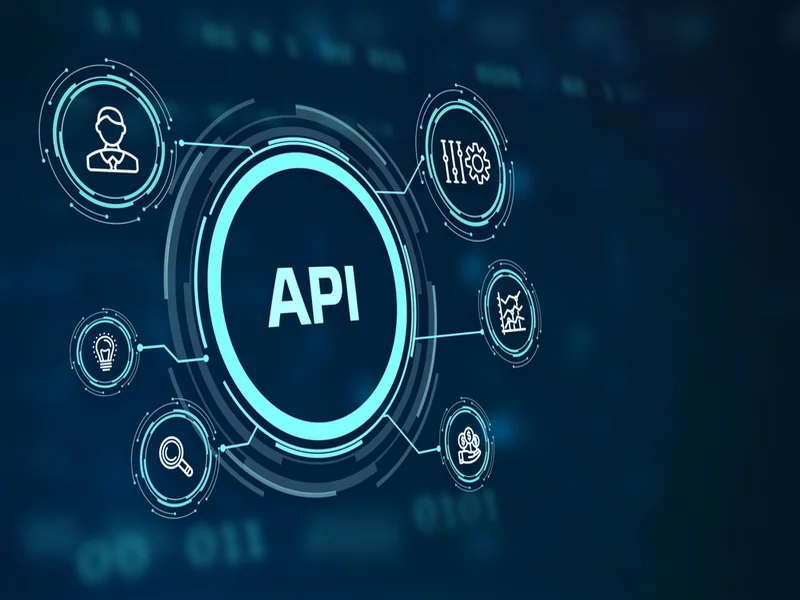AUTHOR : HANIYA SMITH
DATE : 22/09/23
In today’s fast-paced digital landscape, where online transactions are an integral part of our daily lives, developers play a crucial role in ensuring seamless payment experiences. To achieve this, they often rely on Payment APIs (Application Programming Interfaces), powerful tools that enable applications to send and receive payments securely[1]. In this article, we’ll dive deep into the world of payment APIs[2], exploring their significance, functionality, integration, and the benefits they bring to developers and businesses alike.
Understanding Payment APIs
Payment APIs are specialized software components that facilitate the communication between different financial systems. They serve as intermediaries, allowing applications to interact with payment gateways[3], banks, and other financial institutions. This interaction enables the smooth processing of payments, ensuring that transactions are swift, secure, and error-free.
How Payment APIs Work
Payment APIs operate based on a set of predefined rules and protocols. When a user initiates a payment through an application, the API communicates with the chosen payment gateway. It then securely transmits the necessary payment information,[4] such as card details, to the gateway for processing[5]. Once the payment is authorized, the API retrieves the confirmation and relays it back to the application, informing the user of a successful transaction.
Advantages of Payment APIs
1. Enhanced Security

Payment APIs incorporate advanced security measures, including encryption and tokenization, to safeguard sensitive financial data. This reassures both developers and users that their transactions are protected from potential threats.
2. Streamlined User Experience
By integrating payment APIs, developers can create a seamless and user-friendly payment experience within their applications. This contributes to higher user satisfaction and increased customer retention.
3. Versatility and Compatibility also
Payment APIs are versatile and can be integrated into various platforms and devices. Whether you’re developing a mobile app, e-commerce website, or point-of-sale system, payment APIs can adapt to your specific needs.
Integrating Payment APIs
Now that we understand the importance and benefits of payment APIs, let’s explore how developers can seamlessly integrate them into their projects.
Choosing the Right Payment API
Before integration, developers must carefully evaluate different payment APIs available in the market. Factors to consider include security features, transaction fees, scalability, and compatibility with the chosen programming language.
Integration Process

Once the suitable Payment API is selected, developers need to follow a structured integration process. This typically involves writing code to establish a connection with the API, configuring payment methods, and handling error cases gracefully.
Testing and Quality Assurance also
Before deploying the application, thorough testing is essential. Developers should rigorously test the payment functionality, ensuring it works seamlessly in various scenarios, such as different currencies, payment gateways, and transaction volumes.
Benefits for Developers
Integrating Payment APIs [1]into your applications offers numerous advantages for developers:
1. Time and Effort Savings also
Payment APIs provide pre-built solutions for payment processing, reducing the time and effort required to develop payment functionalities from scratch.

2. Access to Advanced Features
Developers can leverage advanced features offered by Payment APIs, such as subscription billing, recurring payments, and fraud detection, without the need for extensive development work.
3. Scalability
As your application grows, Payment APIs can scale with you. They can handle a growing volume[2] of transactions and adapt to the evolving needs of your business.
Customization and Branding also
Payment APIs often allow for customization and branding opportunities. Developers can tailor the payment process to match the overall look and feel of their applications. This level of customization ensures a consistent user experience, reinforcing the brand identity and trustworthiness of the app.
Customer Data Management
Payment APIs also simplify customer data management. They can securely store payment information, enabling users to make repeat purchases without re-entering their details. This convenience not only improves user experience but also encourages customer loyalty.
International Transactions
For businesses with a global reach, Payment APIs are essential. They support multi-currency [3]transactions and automatically handle currency conversion, making it easier for developers to cater to a diverse customer base.
Cost-Efficiency
Developers often worry about the cost of integrating payment solutions. However, Payment APIs can be cost-effective options. Many providers offer flexible pricing models, including pay-as-you-go plans, which allow businesses to scale their expenses according to their transaction volumes.
Compliance and Regulation also
Navigating the complex world of payment regulations can be daunting for developers. Payment APIs help by ensuring compliance with industry standards and also regulations, such as PCI DSS (Payment Card Industry Data Security Standard). This means developers can focus on building great applications while leaving the regulatory headaches to the experts.
Future-Proofing
The technology landscape is ever-evolving, and also Payment APIs are designed to keep up with the latest trends. Whether it’s the introduction of new payment methods, security enhancements, or improved user experiences, Payment APIs evolve to meet the demands of an ever-changing digital world. Developers can rest assured that their payment systems will remain up-to-date.
Conclusion
In conclusion, Payment APIs[4] are invaluable tools for developers, streamlining the process of handling financial transactions within applications. Their robust security features, versatility, and ease of integration make them a must-have in today’s digital landscape. By choosing the right Payment API and alsofollowing best practices for integration, developers can create seamless payment experiences that delight users and drive business success.
Frequently Asked Questions (FAQs)
- What is a Payment API?
A Payment API is a software component that enables applic ations to securely send and receive payments by facilitating communication between the application and financial systems. - How do Payment APIs enhance security?
Payment APIs incorporate encryption and alsotokenization to protect sensitive financial data, ensuring secure transactions. - Can Payment APIs be integrated into mobile apps?
Yes, Payment APIs are versatile and can be integrated into various platforms, including mobile apps, websites, and point-of-sale systems. - What factors should developers consider when choosing a payment API?
Developers should consider factors like security features, transaction fees, scalability, and compatibility with their chosen programming language.





